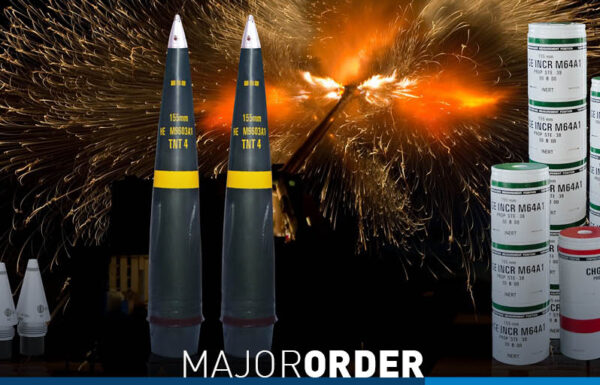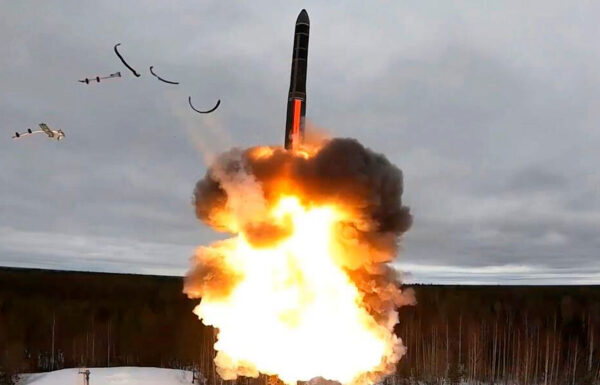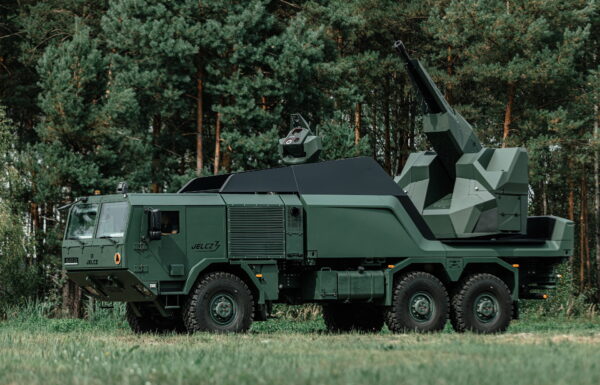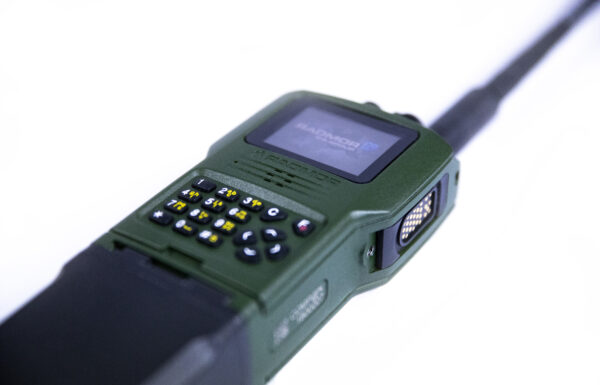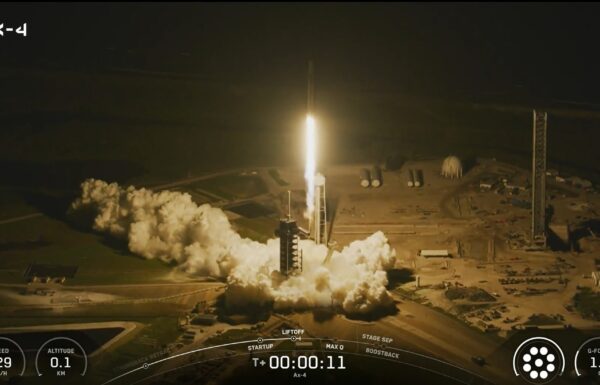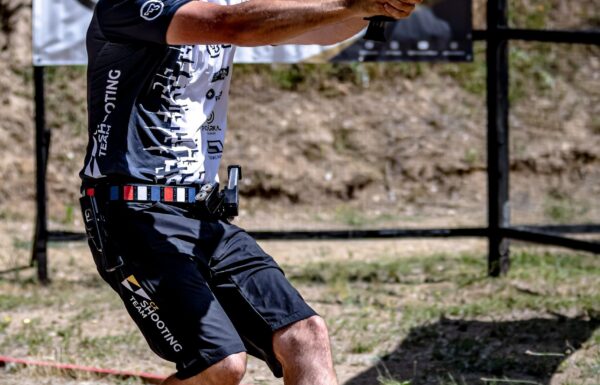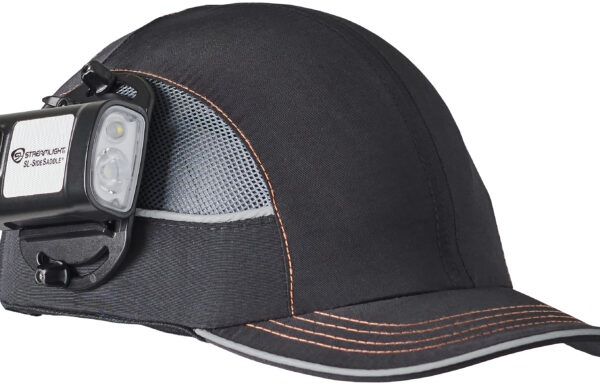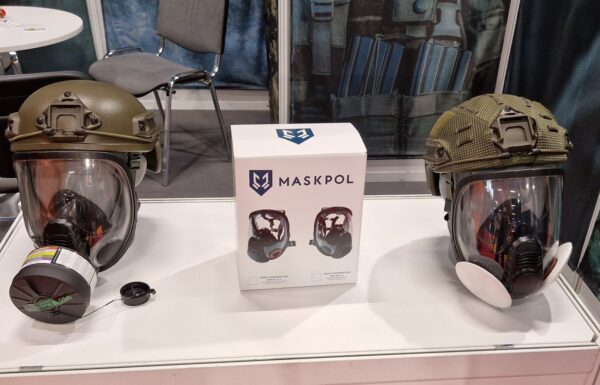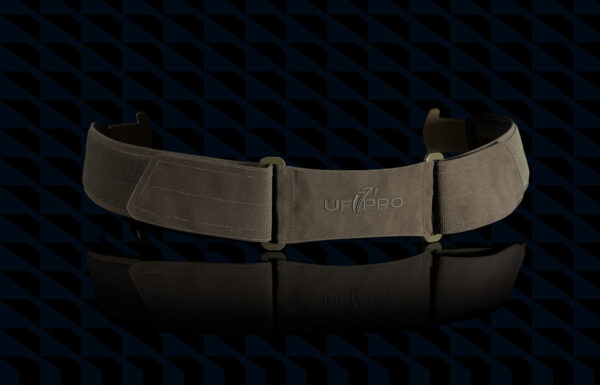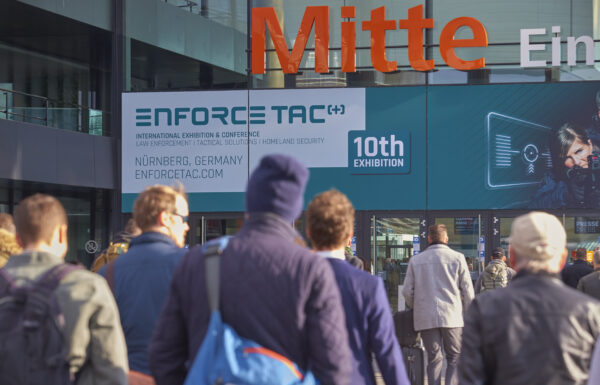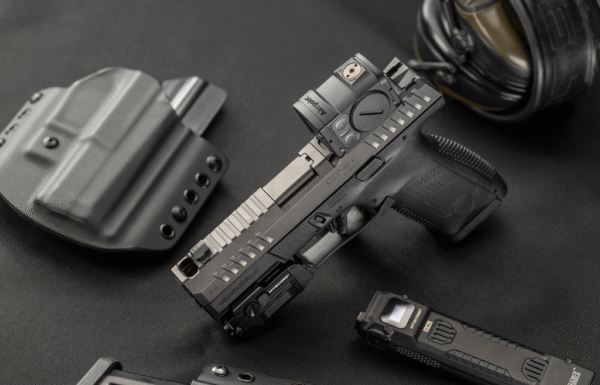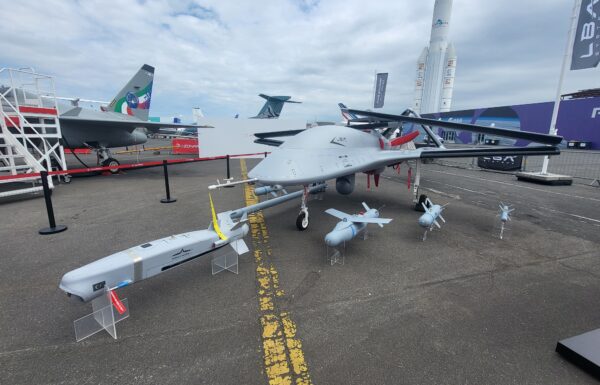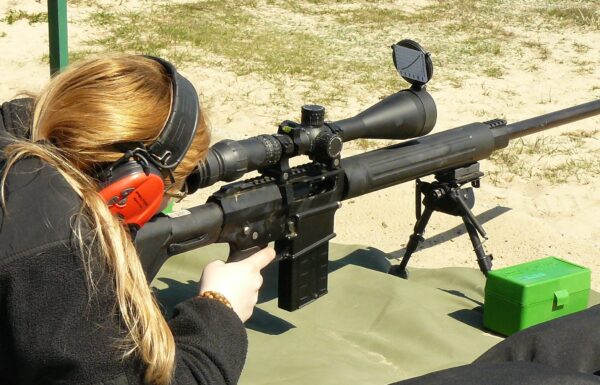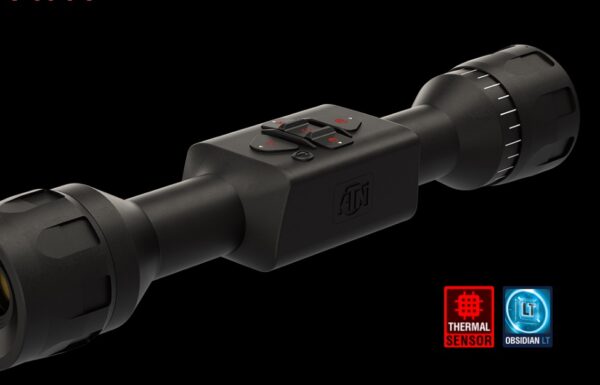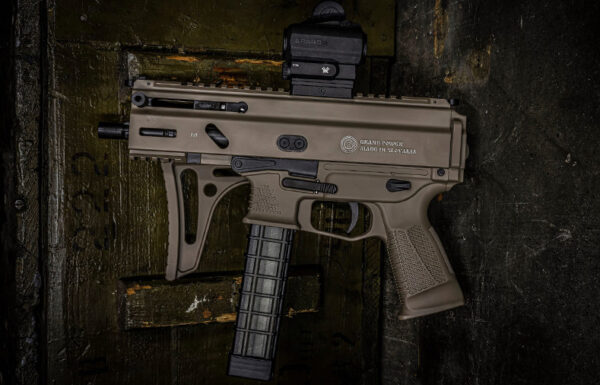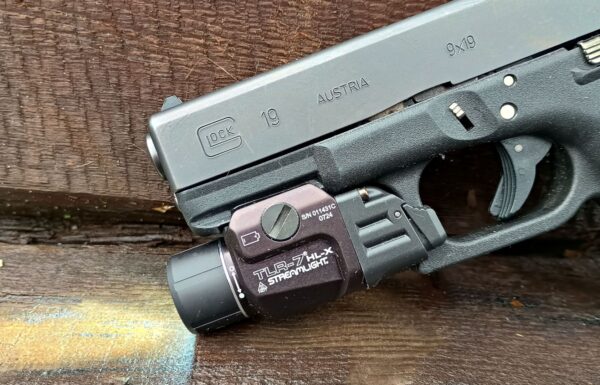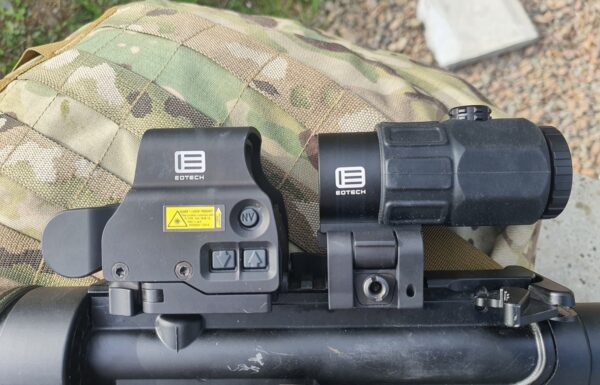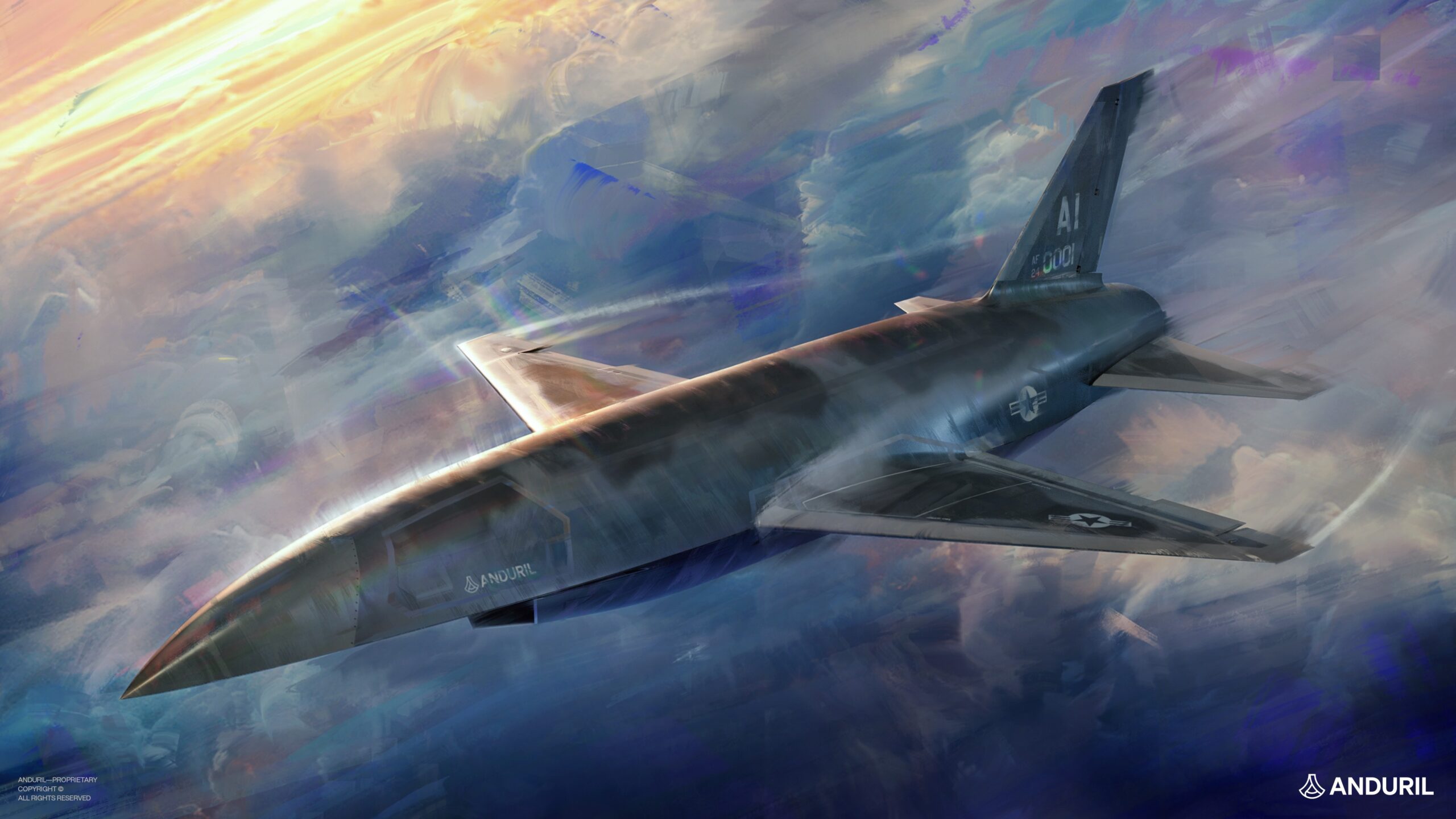On Wednesday, April 24, 2024, the United States Air Force (USAF) announced the selection of proposals from General Atomics Aeronautical Systems Inc. (GA-ASI) and Anduril Industries in the next stage of the Collaborative Combat Aircraft (CCA) program, dedicated to development of autonomous unmanned combat aerial vehicles, also known as Loyal Wingman.
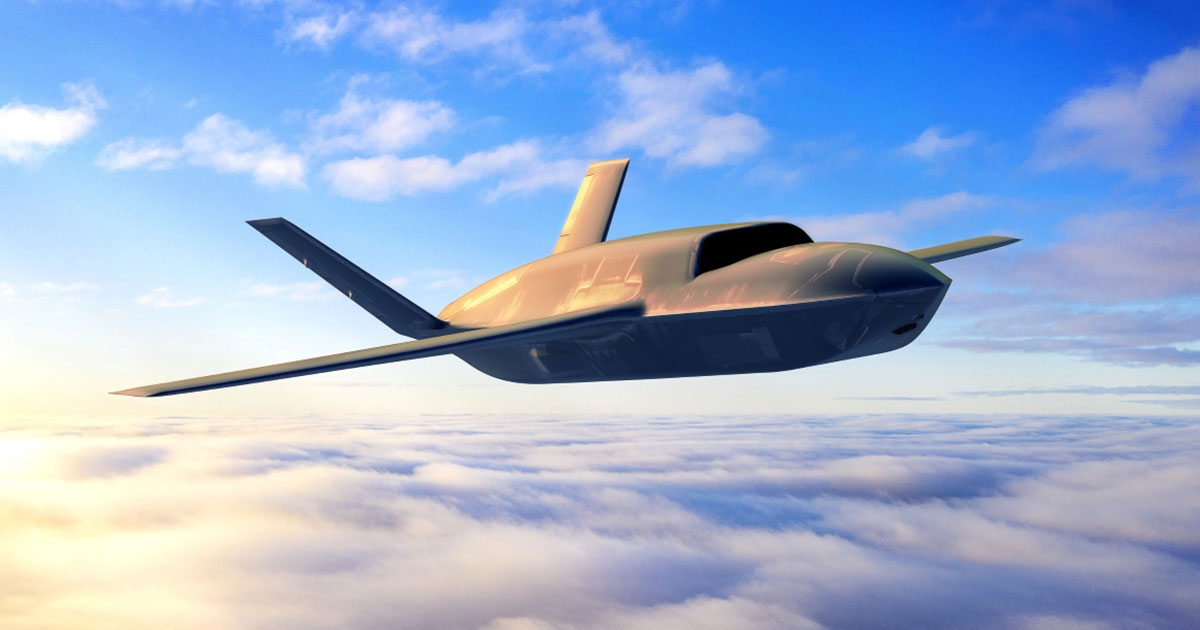 Image: General Atomics Aeronautical Systems Inc.
Image: General Atomics Aeronautical Systems Inc.
Both entities will receive funding for detailed design projects, prototype production, and testing. Additionally, over 20 subcontractors are expected to participate in component co-production (among the rejected bidders are Boeing, Lockheed Martin, and Northrop Grumman, which may still vie for this status). In 2026, a contract will be awarded to one of the entities so that by the end of the decade, the CCA system achieves Initial Operational Capability (IOC).
The CCA program is part of a larger Next Generation Air Dominance (NGAD) initiative. Long-term plans include acquisition of up to 200 6th generation NGAD multirole aircraft and at least 1000 CCA unmanned aerial vehicles. The first contract for NGAD is planned for this year.
Planning for the development of the enhanced CCA Increment 2 platform is also underway, with preliminary activities set to commence later this year. All current and potential future partners from the CCA supplier pool will compete in this stage.
In a separate press release, GA-ASI announced the selection of its proposal by the Air Force Life Cycle Management Center (AFLCMC) of the USAF Logistics Command. The culmination of the 6-month phase will be the Preliminary Design Review (PDR).
It has been revealed that the company’s proposal will be based on the prototype of the XQ-67A jet-powered unmanned aerial vehicle, which was first flown on February 28 of this year. The XQ-67A was developed under the contract with the United States Air Force Research Laboratory (AFRL) in the Off-Board Sensing Station (OBSS) program. This was made possible by shared technologies developed as part of the Low Cost Attritable Aircraft Platform Sharing (LCAAPS) initiative, aimed at reducing the production costs of advanced unmanned aerial vehicles.
Under the CCA contract, General Atomics will continue to conduct a series of tests on autonomous systems and mission systems on the MQ-20 Avenger and XQ-67A unmanned platforms.
The second bidder, Anduril Industries, announced in a press release that work on the CCA program is just beginning and presented a visualization of its proposal. No other details were provided except that the company is paving the way for other non-traditional defense industry suppliers to compete and deliver on large scale programs.
In essence, unlike GA-ASI, the company, founded in 2017, lacks experience in producing large jet-powered unmanned aerial vehicles. However, as indicated by the graphic, its proposal will be based on the concept of a platform called Fury, originally developed by Blue Force Technologies, which became part of Anduril in 2023. The concept entails an aircraft with a wingspan of 5.18 meters (17 feet), capable of supersonic speed and long-range operations for both reconnaissance and combat missions.


